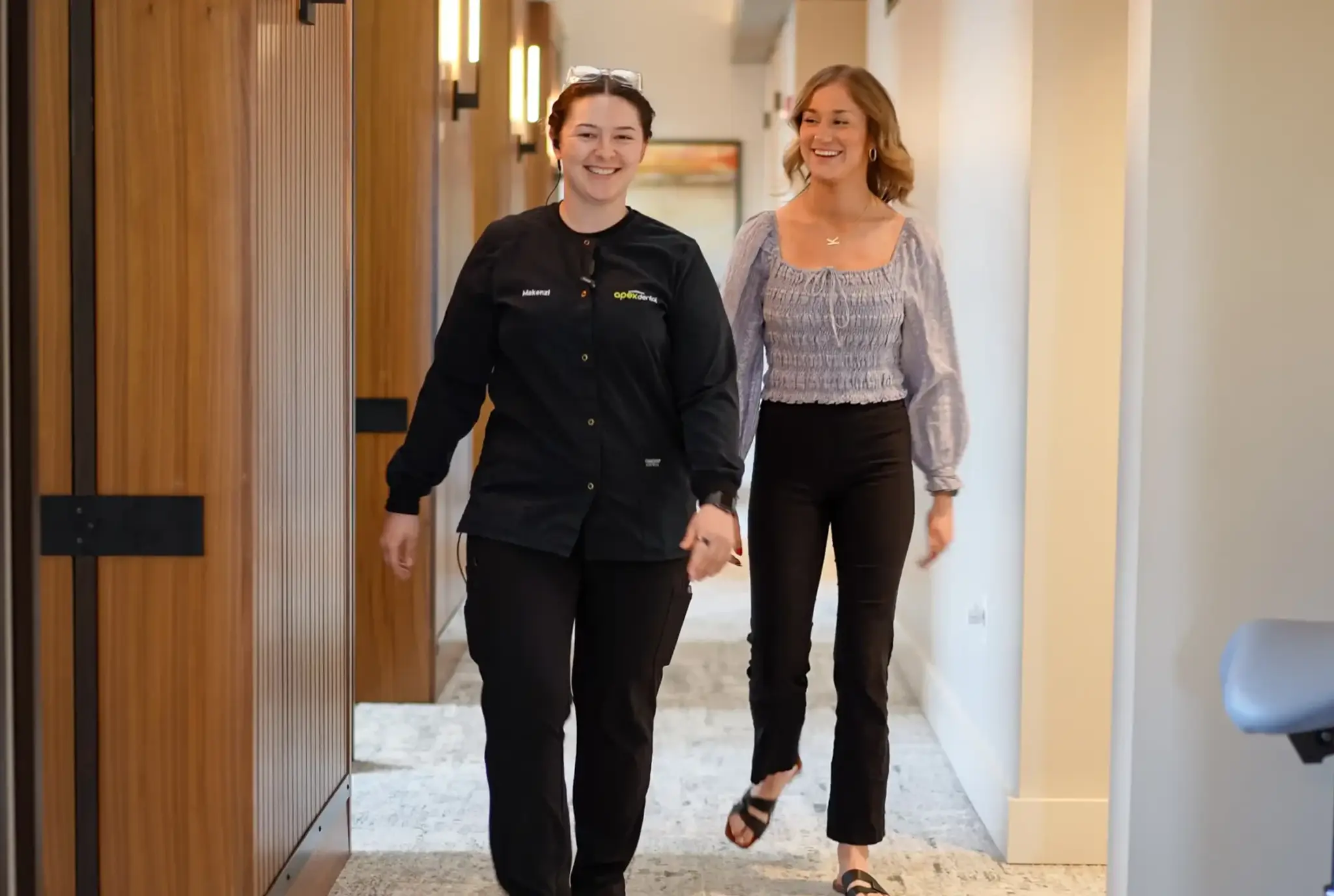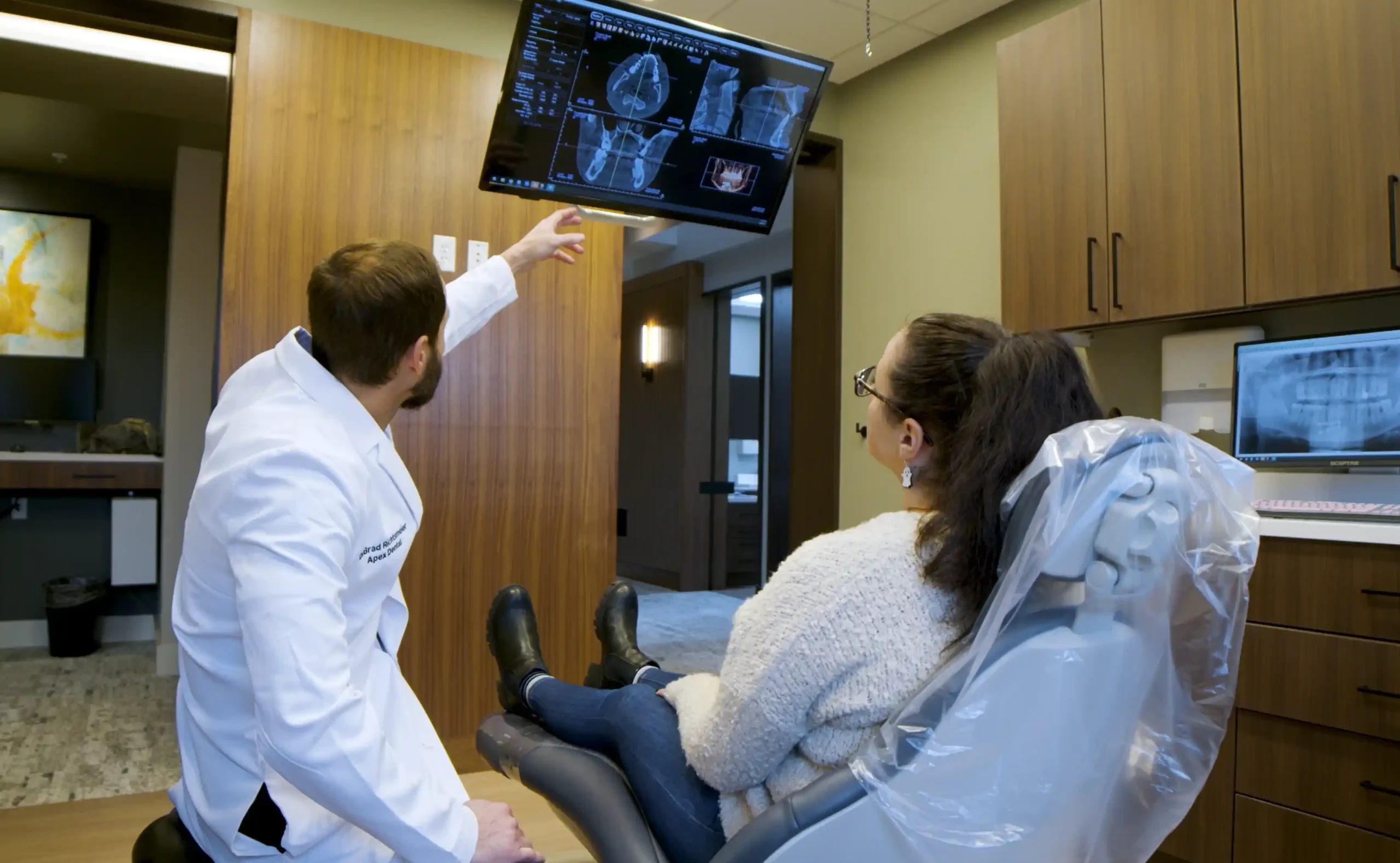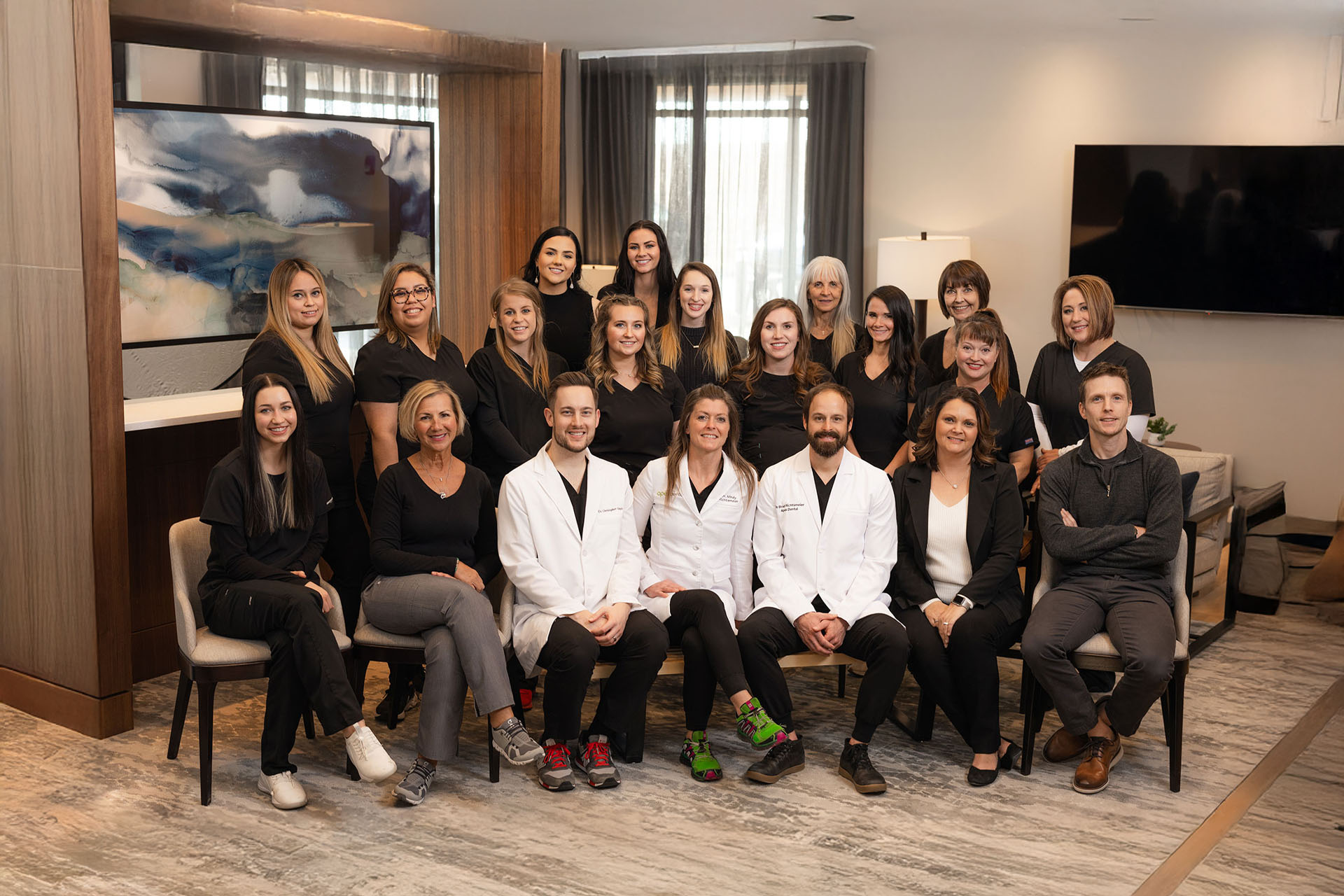An Introduction to Safe Amalgam Removal
At Apex Dental, we prioritize the health and overall wellness of our patients.
We understand the concern surrounding dental amalgam fillings and their involved mercury exposure. That’s why we utilize a holistic approach with safe amalgam removal, minimizing risk of mercury exposure. For a deeper dive to help put mercury toxicity into context and to understand safe amalgam removal, we recommend Dr. Mindy’s insightful blog post.
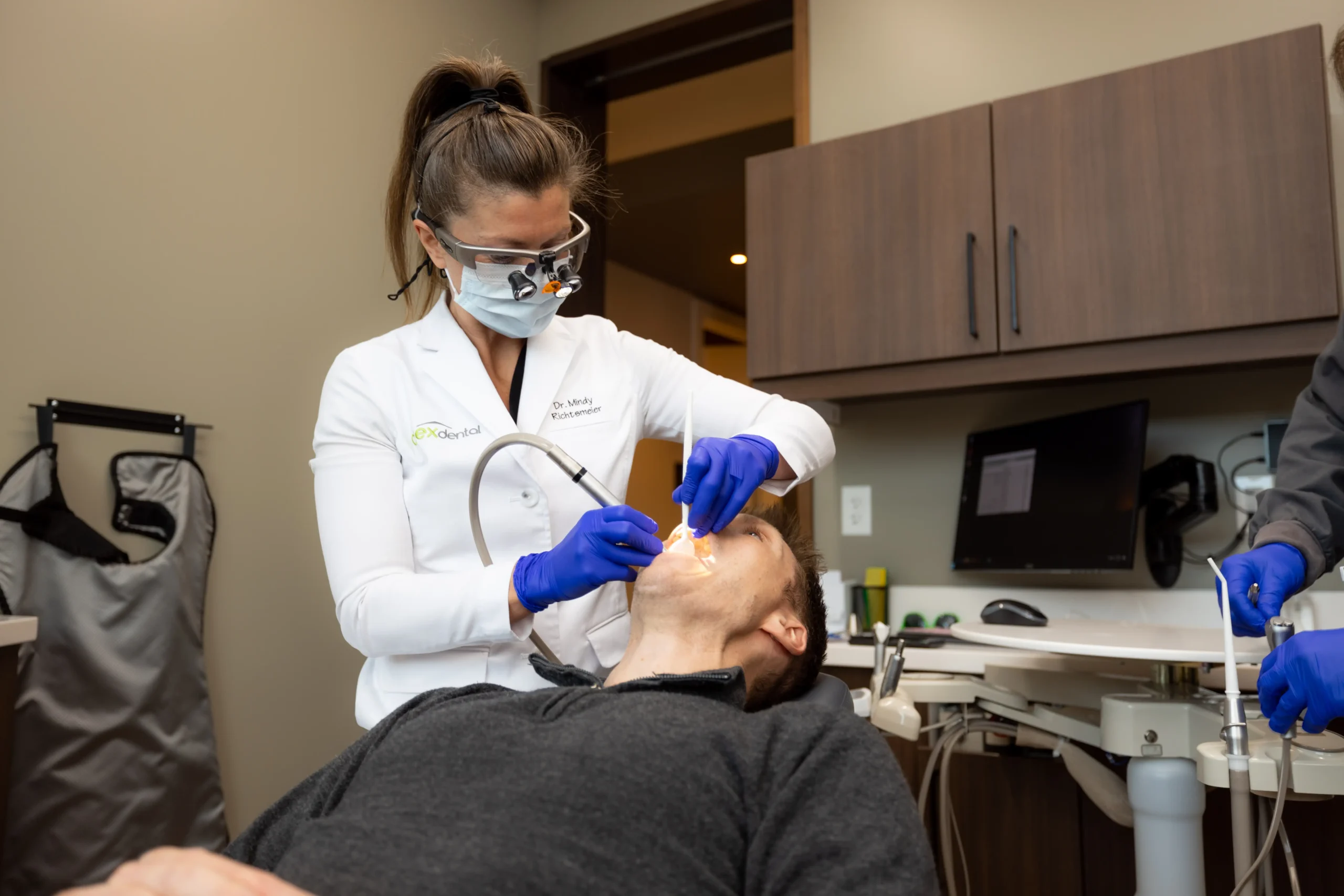

The Concerns with Dental Amalgam
Dental amalgam, a mixture of metals that includes mercury, has been used for dental fillings since the 1800s. There are multiple valid concerns with the release of mercury vapor, which is acutely highest at amalgam placement and removal, and chronically present throughout daily activities like chewing or brushing teeth.
Did you know?
Some countries, including Norway, Sweden, and Denmark, have banned dental amalgam use for over a decade. The European Union has set a ban effective January 1, 2025. Although the US has not yet enacted a ban, in 2020 the FDA quietly issued recommendations for “high-risk” groups to avoid dental amalgams, including pregnant women, nursing mothers, children, and those with neurological conditions.
Should you have a new amalgam filling placed in your mouth? Absolutely not. Does this mean that all amalgam fillings should be removed immediately? Not at all.
- If amalgam fillings are breaking down or if they are breaking the tooth around them, then yes, they should be removed.
- If diagnosed or suspected mercury toxicity, then yes, they should be removed.
- If neurological, inflammatory, or autoimmune conditions with signs/symptoms of toxic overload, then yes, they should be removed.
- If the fillings are intact and you have no autoimmune, inflammatory, or neurological conditions, then it is OK to leave them in place and have them closely monitored by a knowledgeable professional.
We are happy to evaluate and discuss your specific situation at your next exam.
Our Approach to Safe Amalgam Removal
When you opt for safe amalgam removal at Apex Dental, our approach prioritizes your safety:
- Chunky Removal Technique: Removal of amalgam in large chunks to reduce the grinding of the amalgam that releases mercury vapor.
- Minimized Vapor Inhalation: Utilization of high-powered suction, often dual high-volume evacuation systems, to minimize the exposure to and inhalation of mercury vapor. A nasal hood with 100% oxygen flow is also a very effective adjunct.
- Isolation System: A dedicated isolation system further reduces mercury exposure.
- Supplementary Measures: Coordination of chelating agents, like chlorella, to ensure any released mercury is bound and eliminated from the body.
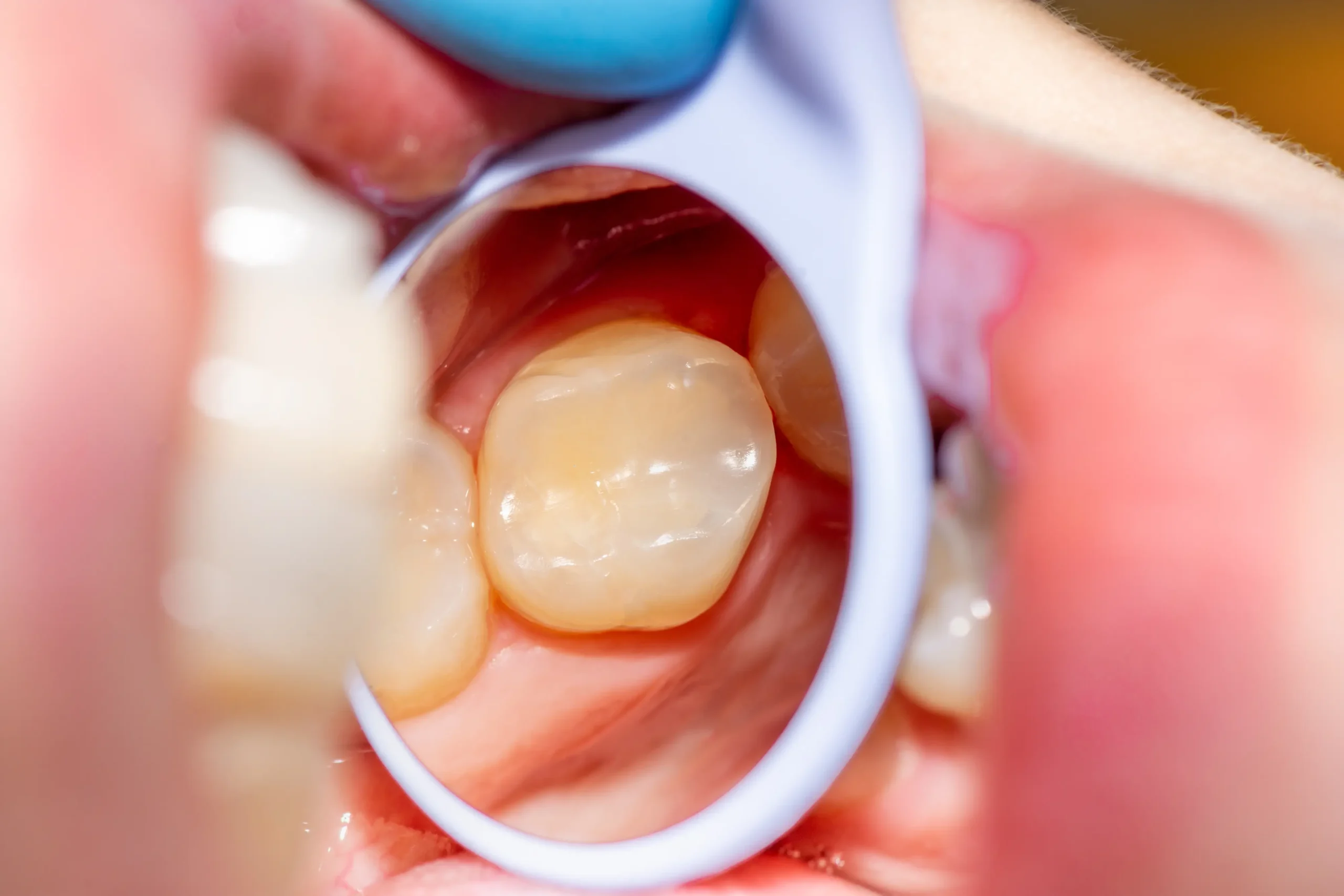

Optimizing Detoxification
Before and after amalgam removal, it’s essential to optimize your body’s detoxification mechanisms.
In a nutshell, we recommend:
- Consuming foods rich in sulfur to support your body’s supply of Glutathione (the “Mother of All Antioxidants”), such as eggs, garlic, onions, broccoli, and other cruciferous vegetables.
- Eliminating the intake of items that deplete Glutathione, such as processed foods, refined sugars, and toxins.
- Taking supplements such as Milk Thistle, n-acetylcysteine, selenium, and zinc to boost detoxification, and replenishing C and B vitamins.
- Staying hydrated and optimizing elimination pathways through sweat, urine, and bowel movements.
Your functional medicine provider is a valuable resource in guiding you through an optimal detoxification process. For external resources, Dr. Mark Hyman, MD has a wide array of detoxification information.
Visit Apex Dental
Consult with our professionals to learn more about our safe amalgam removal service. Your health is our priority!

Dentists who put your comfort, confidence, and whole health first.
725 S 51st St, West Des Moines, IA 50265
515.224.1618
Monday–Thursday, 8AM–5PM

